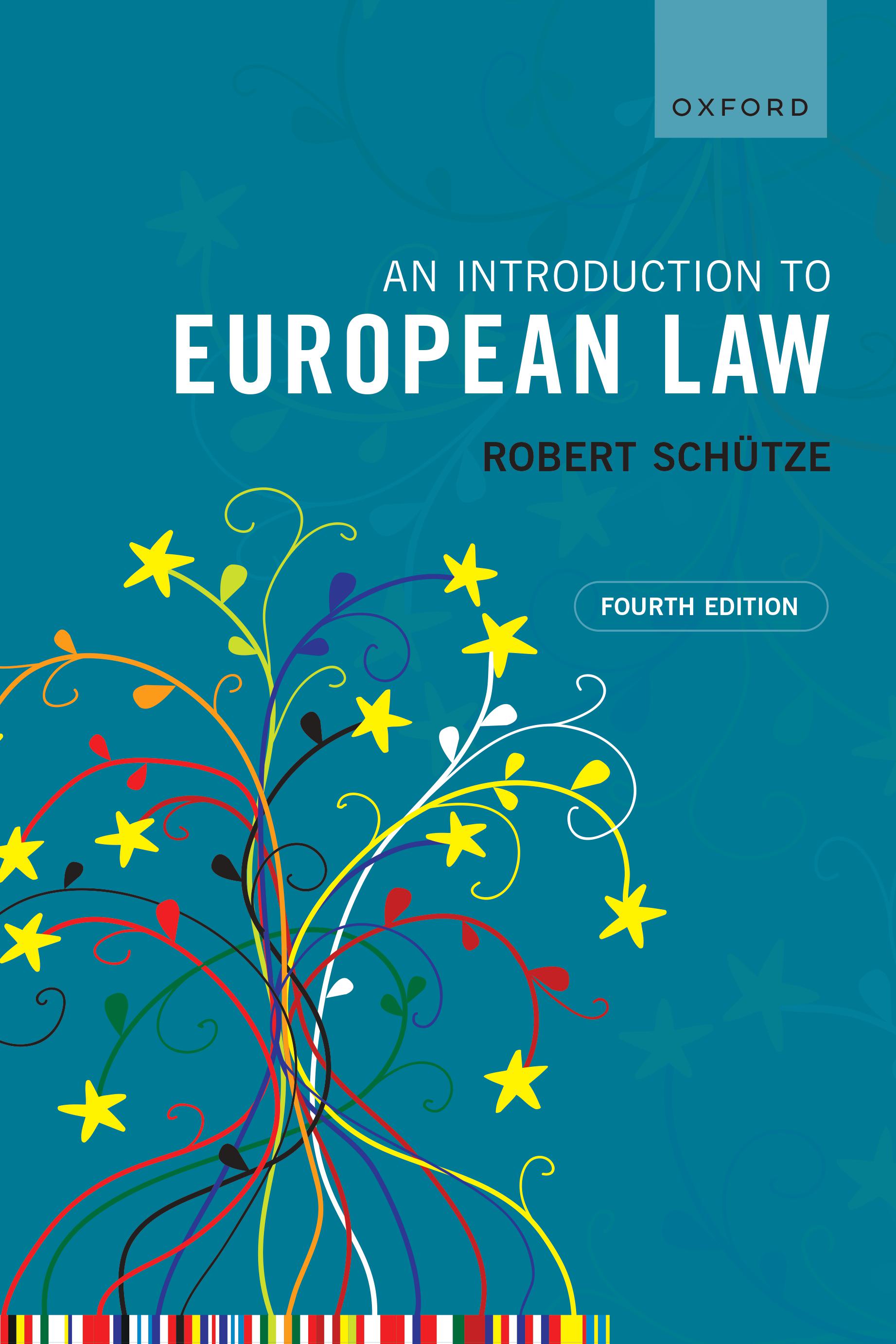1. Past: Britain as an ‘Awkward Partner’?
2. Present: Withdrawing under Article 50 TEU
3. Future I: (Possible) Trade Agreements with the Union
4. Future II: A ‘Hard’ Brexit and the ‘WTO Model’
Introduction*
The British exit from the European Union (‘Brexit’) has occupied the Union for much of the last four years. For the first time since its founding, a Member States decided to deliberately dissociate itself from European integration in an attempt to regain sovereignty and independence.
Why and how did this happen; and may it happen to other Member States of the Union? With several severe crises afflicting the Union in the past decade—especially the financial and the migration crises—the question of whether Brexit constitutes an isolated case or a signal for an era of European disintegration has legitimately been posed.
This chapter, however, seeks to pursue a less ambitious task: it aims to explore the past, present, and future of the British exit decision. Section 1 begins by offering a brief historical overview of the past tensions between the United Kingdom and the European Union in an attempt to better explain the ‘special’ unease with which the United Kingdom viewed European integration. A former imperial and global power, its political self-understanding indeed differed from the very beginning from that of other Member States. Section 2 explores the ‘present’ withdrawal process under Article 50 TEU and the ‘Withdrawal Agreement’. Section 3 tries to look into the future by analysing four possible EU-UK trade relationship options. Will both parties decide to create a common customs union or will they conclude a ‘Canada Plus’ agreement? A future trade deal is currently being negotiated; yet the option of a ‘hard Brexit’ remains. This option is discussed in Section 4.
*All footnotes have been omitted for this excerpt.
